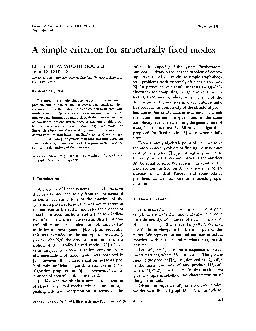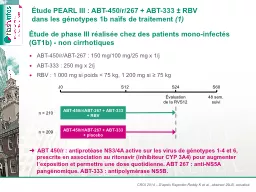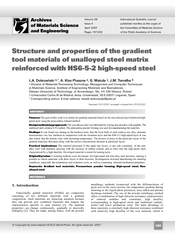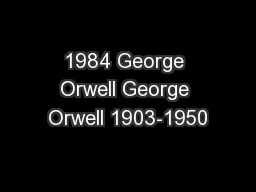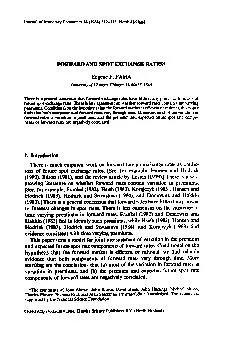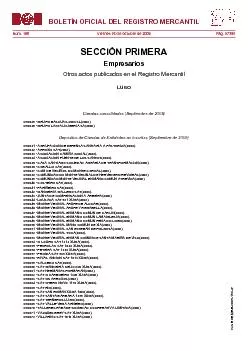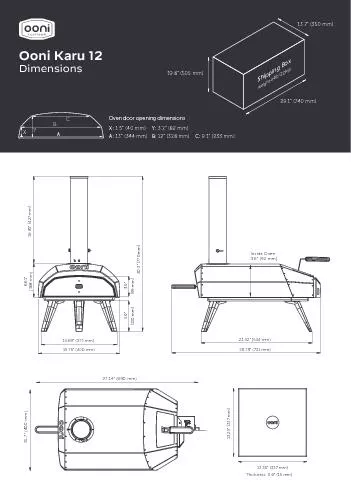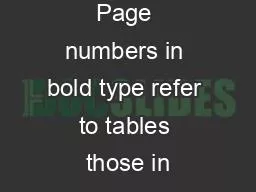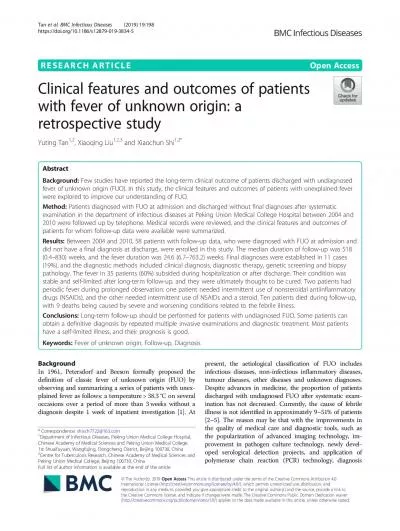PDF-Systems & Control Letters 4 (1984) 333-337 North-Holland September 198
Author : test | Published Date : 2015-11-04
A simple criterion for structurally fixed modes Christos H PAPADIMITRIOU and John TSITSIKLIS Deporrmenr o Contpurer Science Stonord Uniuersify Stanford CA 94305
Presentation Embed Code
Download Presentation
Download Presentation The PPT/PDF document "Systems & Control Letters 4 (1984) 333-3..." is the property of its rightful owner. Permission is granted to download and print the materials on this website for personal, non-commercial use only, and to display it on your personal computer provided you do not modify the materials and that you retain all copyright notices contained in the materials. By downloading content from our website, you accept the terms of this agreement.
Systems & Control Letters 4 (1984) 333-337 North-Holland September 198: Transcript
Download Rules Of Document
"Systems & Control Letters 4 (1984) 333-337 North-Holland September 198"The content belongs to its owner. You may download and print it for personal use, without modification, and keep all copyright notices. By downloading, you agree to these terms.
Related Documents

